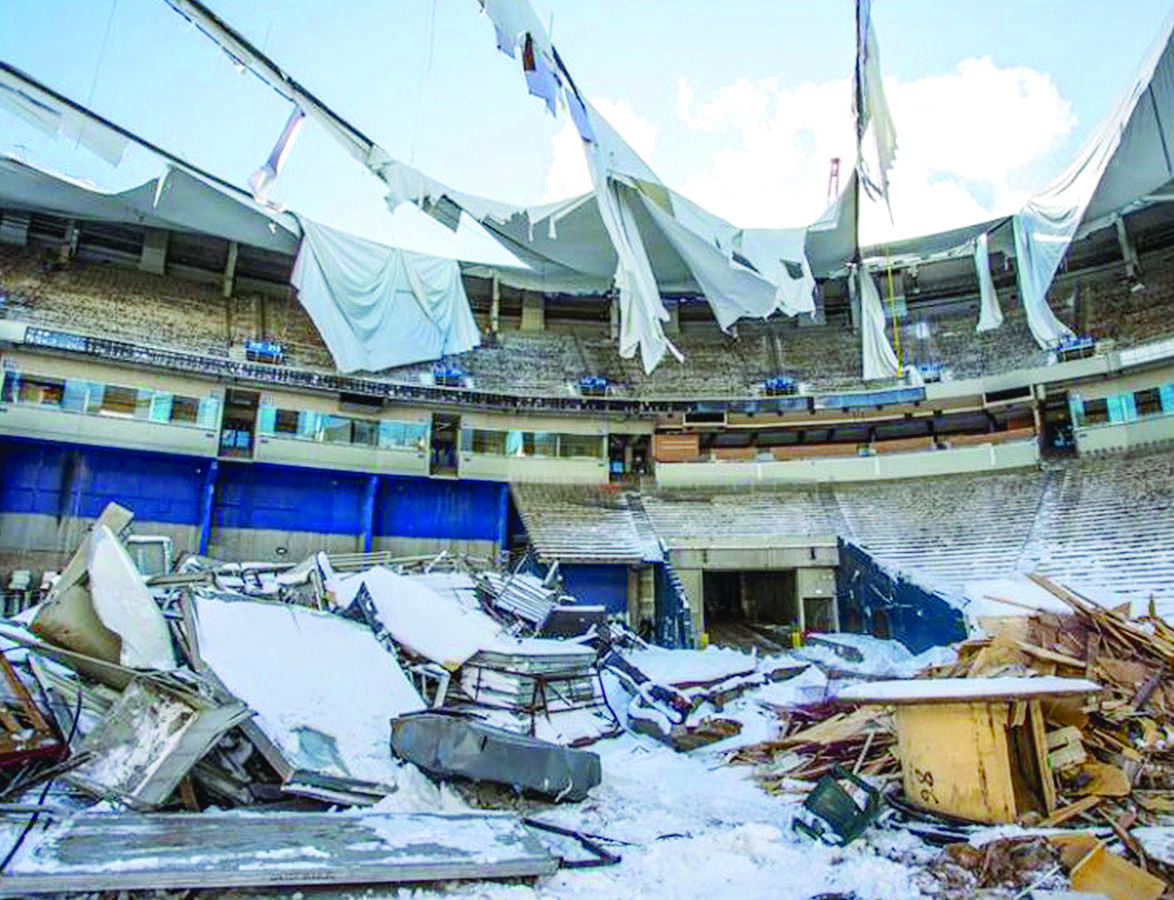Jeff Neukom, Managing Editor
After a less-than-mediocre 5-11 season for the Chicago Bears, fanatics immediately began devising ways to make it mathematically possible to get him out of town. In the days of Carlos Boozer, Bulls fans anxiously counted down until the day the Booze Cruise made its last stop in the United Center.
One figure that doesn’t seem to receive as much attention is the cost of a new stadium. The Rams, Raiders and Chargers have made minor waves lately with talks of moving to a new location, which, of course, requires a new stadium.
Bloomington experienced major waves in 2004, when construction began on the controversial U.S. Cellular Coliseum. The arena, initially rejected by voters in a 6,793-to-3,513 vote, racked up a $37 million bill. This was 11 years ago, and due to the wonders of inflation, you can bet your bottom dollar that costs have skyrocketed since.
The costs of a stadium go deeper than purely financial. The roof of the Hubert H. Humphrey Metrodome collapsed under heavy snowfall during the 2013-2014 NFL season. The building sat in ruins for months afterwards until its eventual demolition as both a burgeoning eyesore and a colossal waste of space.
Recently, the San Diego Chargers and the Oakland Rams announced plans for a joint stadium plan. While it might seem like combining stadiums is the economical way to go, the stadium’s $1.7 billion price tag serves as a harsh reality check.
Its lone saving grace is that the expedition would be privately funded, but the two teams moving means two exorbitantly expensive stadiums are left in limbo. The Oakland-Alameda County Coliseum, whose construction began in 1964, was a $185 million project if you factor inflation for 2015 dollars.
Qualcomm Stadium, the $196 million home of the Chargers, would be left solely to the San Diego State Aztecs. Imagine that – a college team whose lone claim to fame is Marshall Faulk with a stadium worth almost $200 million.
The St. Louis Rams, another team that has proposed a change in location on more than one occasion, would face estimated costs in the $100 million range for stadium demolition.
Contrary to what you might think, the private status of NFL teams does not guarantee private funding. This haunting detail is true for the rest of the league as well. The Seattle Seahawks opened CenturyLink Field in 2002. Washington State taxpayers footed $390 million of the $560 million bill.

